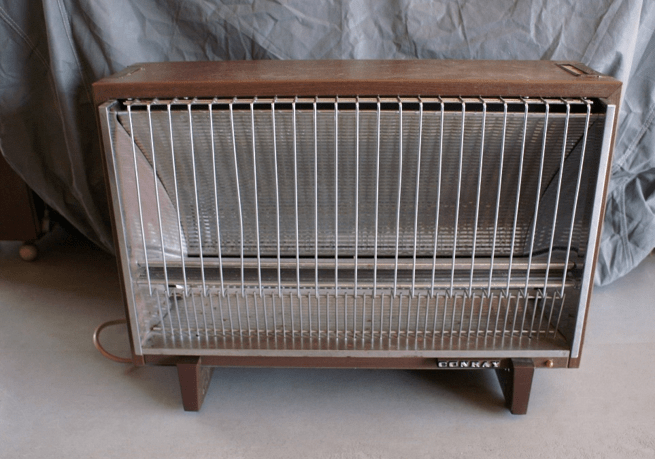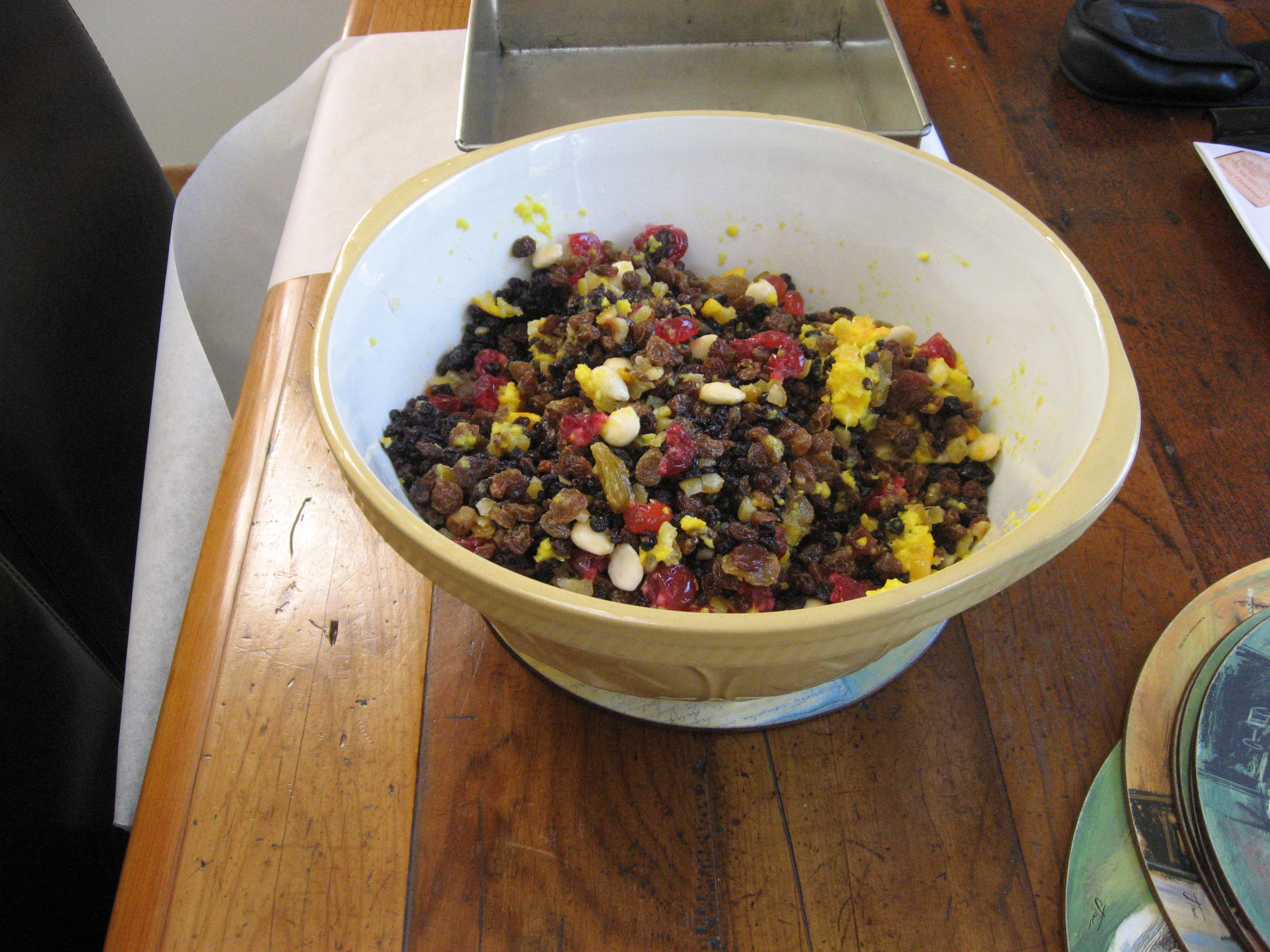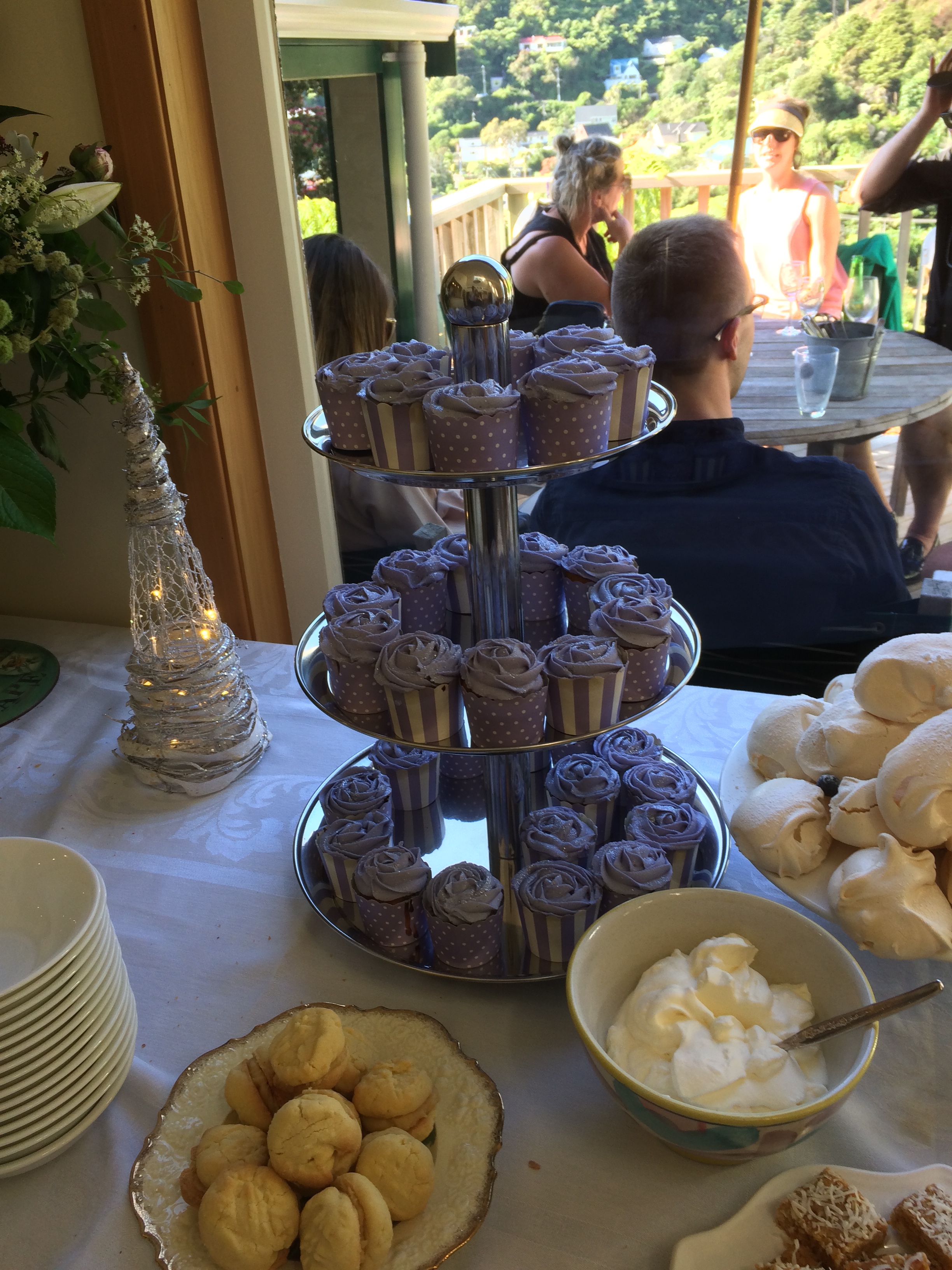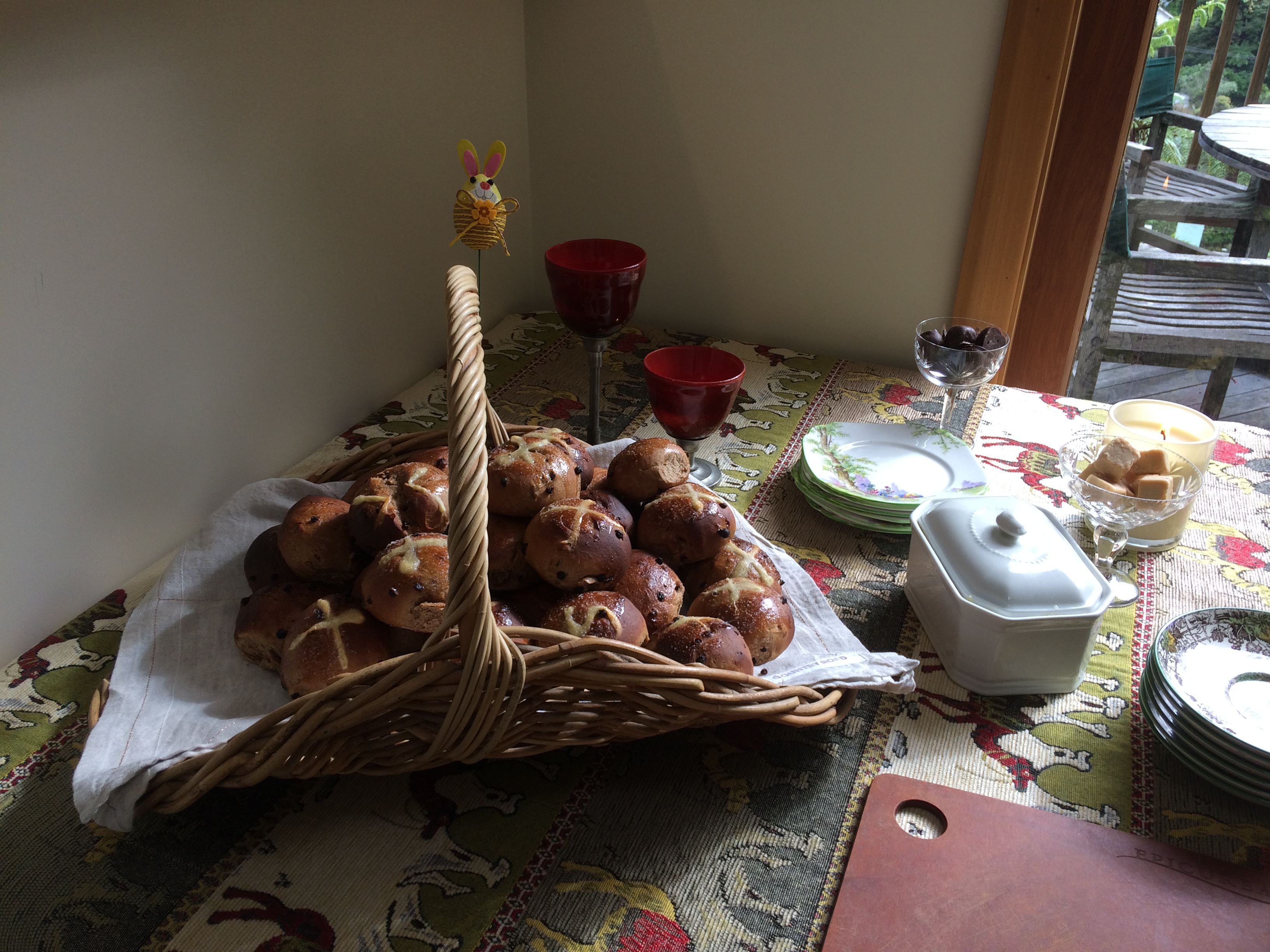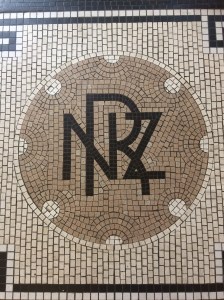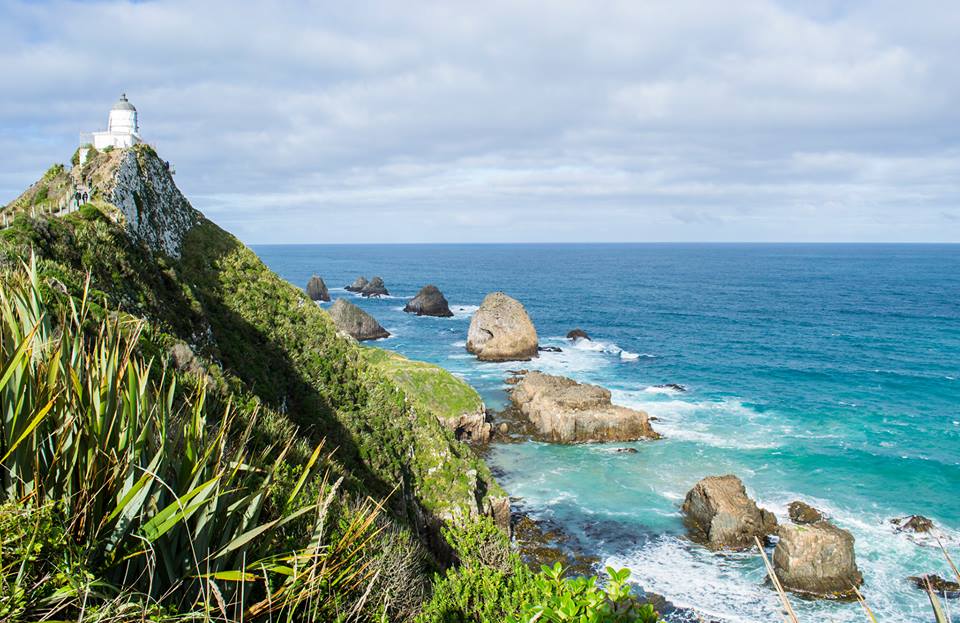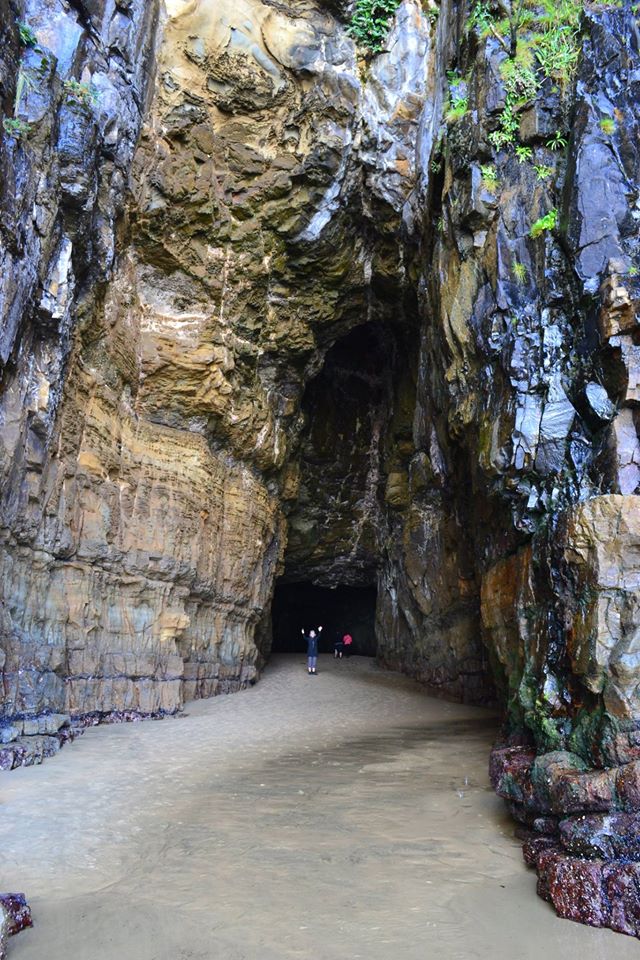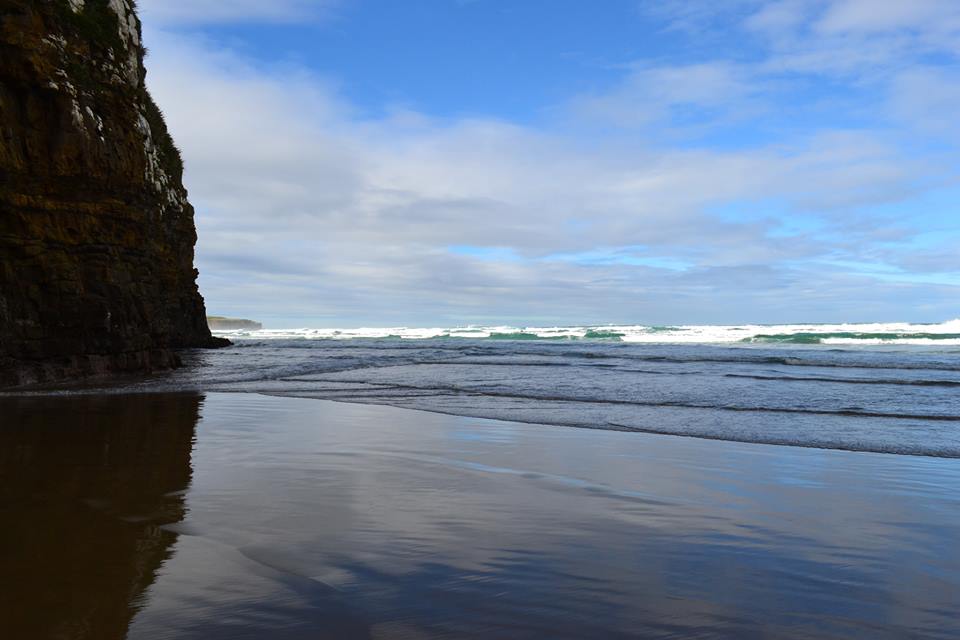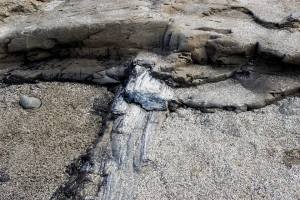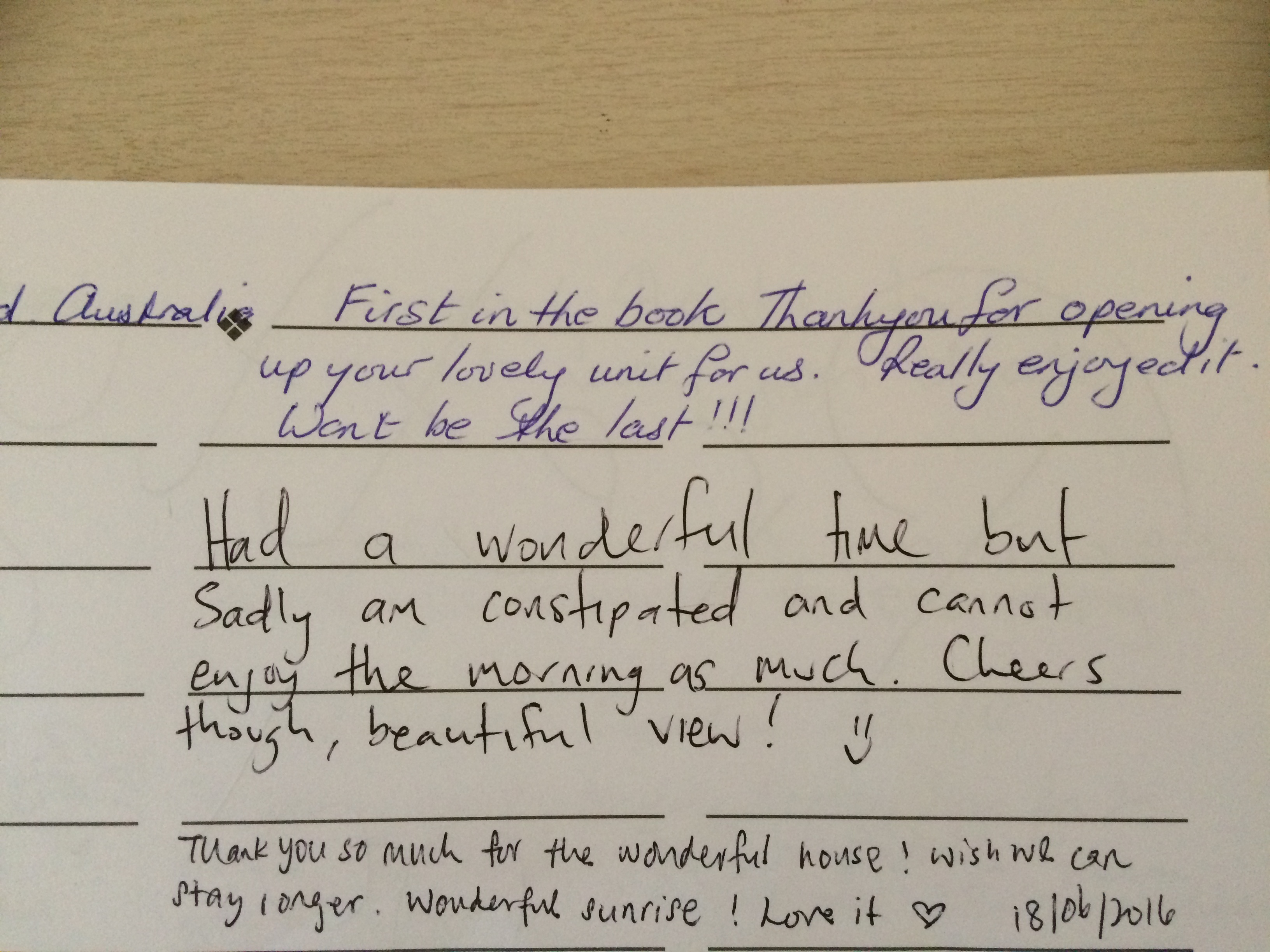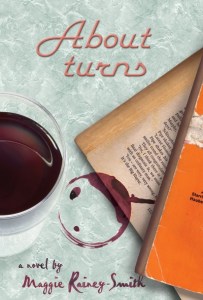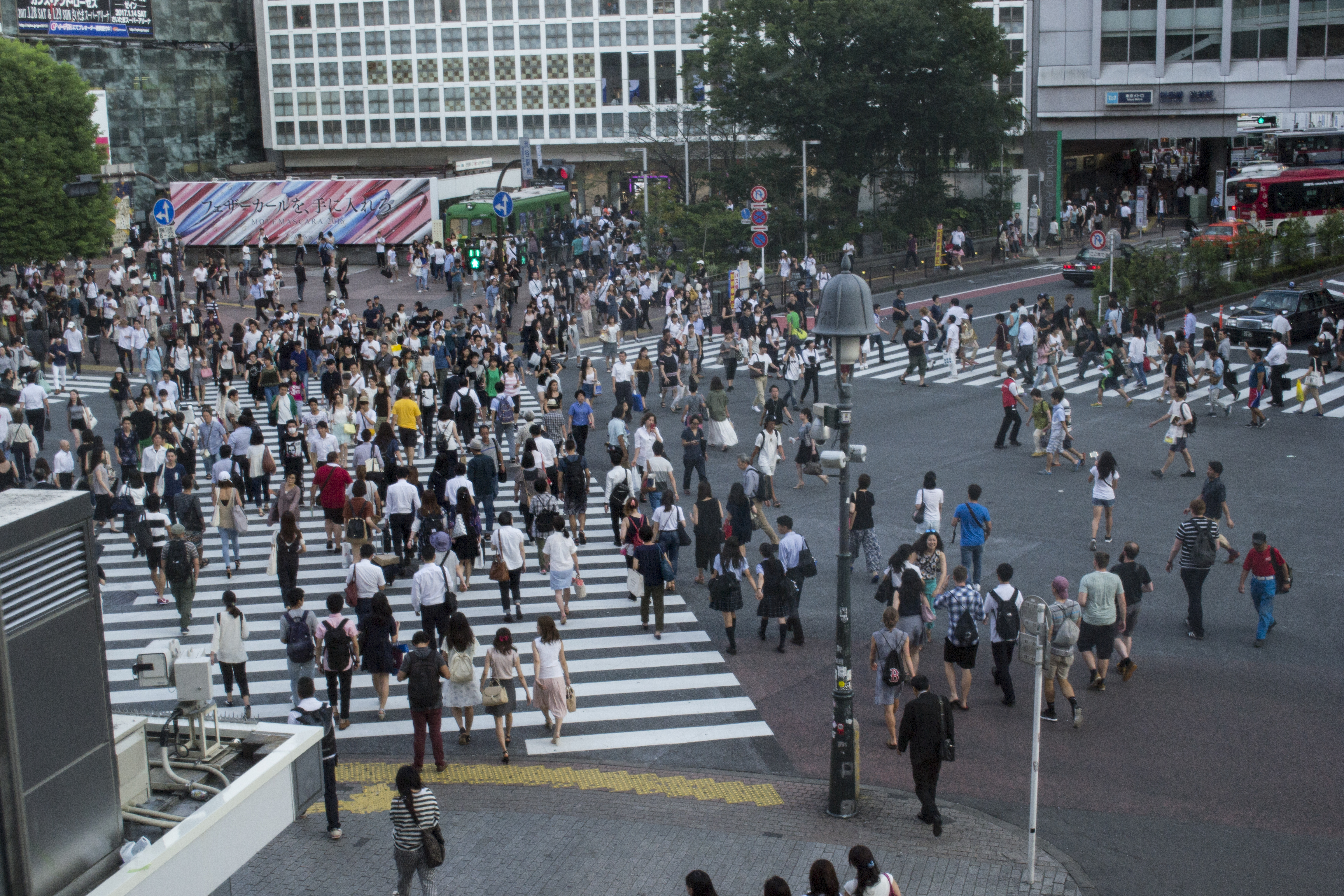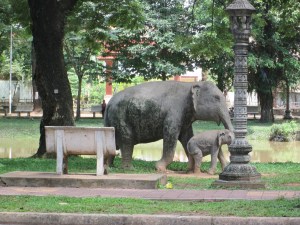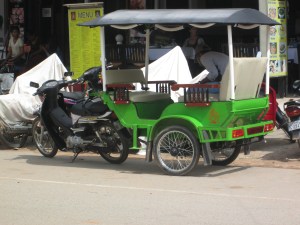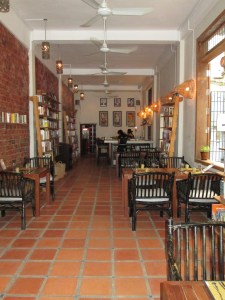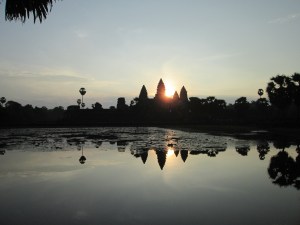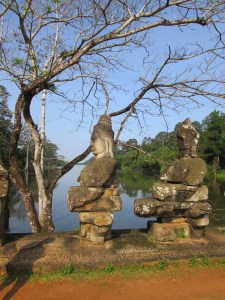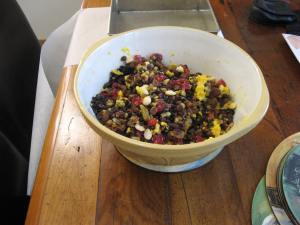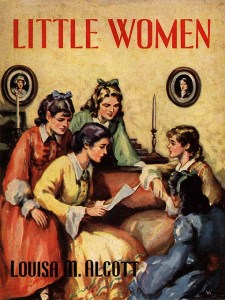We were talking last night about food fashions. I recalled how back in the late seventies, the height of cool for us, in our wee Brooklyn apartment (Wellington, not New York), was cracked pepper pâté on Vogel toast – yum – Friday night, after a week at work, and then home to an easy dinner. Dead cool, delicious and yes, high fibre toast and something as exotic as pâté. Well, you might smile. But you may not have grown up in the 50’s when the closest thing to high-fibre bread was a ‘brown loaf’ or Nu-soy bread and pâté well…
It reminded me of an essay I wrote back in the nineties about the changing face of New Zealand cuisine, and how the tables had turned (so to speak) from the early 70’s when we lived in Norway, to the 1990’s, when our Norwegian friends came to visit us in New Zealand.


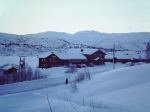

Cona coffee and a club sandwich, please
We came back from our OE in the mid seventies armed with our Moulineaux – a smart, European sounding and superior coffee-making machine. It worked by filtering freshly ground coffee beans through a sort of blotting paper and we added mustard and salt to add flavour and flair. We were sophisticated travellers who now knew how to make real coffee. We’d learned in London about milky instant coffee and in Norway about brewing coffee on a stove, but our Moulineaux was an advance on all of these options. We even purchased a Spong coffee grinder (think of your mother’s meat mincer) so we could startle our friends with freshly ground coffee beans.
Growing up in small-town New Zealand, our first taste of coffee had been Gregg’s chicory essence followed by Gregg’s instant. And then there was the subversive Dutchman who opened a dimly lit coffee bar in Richmond, replete with candles burning in Chianti bottles and coffee was over-brewed into the wee small hours (probably as late as ten in the evening) in a Cona Coffee pot with a mysterious glass stopper.
In the eighties as world travellers, we would cross the Tasman for our cappuccino and marvel at the hot froth, delighted by the dusting of cinnamon or chocolate. Choosing between cinnamon or chocolate on your cappuccino, being one of the defining moments of trans Tasman travel, back then.
And gradually (or was it all of a sudden?)… the coffee industry began to infiltrate (excuse the pun) New Zealand. People abandoned their cups of tea for coffees and the options began to grow. You could still buy Cona coffee, and you could enjoy filter coffee of various varieties, but now the cappuccino was gaining favour. And another competitor entered the scene – the plunger! People argued in favour of and against the plunger. People argued about the size of the grounds required for plunger versus filter coffee.
Cafes came and went – as good as their last lukewarm latte. We marvelled at the flat white and debated the difference.
A cappuccino was now passé. The latte bowl was in. People sat in cafes all over New Zealand worshiping a white bowl of not too frothy froth. It took two hands to hold and it required concentration and a teaspoon if you wanted to make sure you got your money’s worth. People, who normally had good manners, could be seen spooning coffee from enormous white bowls, their noses no longer powdered with cinnamon or chocolate, but possibly dipped in spume.
Then somehow, when we weren’t looking, chocolate crept into the equation. Peopled nonchalantly ordered moccachino’s and worse than that…decaffeinated flat whites… Even barristers cringed at this new fad. What was the point of coffee without the caffeine?
And then, from out of the blue, we had word from our friends in Norway that finally, after thirty odd years, they were coming to visit us. When we first left home in the seventies and lived in Norway, we were gob-smacked by the variety of food and the taste of coffee in Europe. And so, we couldn’t wait to show them our beautiful mountains and we hoped, some authentic kiwi fodder.
We set out on our journey to the South Island on the fast ferry (normally crossing Cook Strait on a ferry guarantees you a look at authentically awful Kiwi food) – but fashion had overtaken us and the food was passable even quite good. It reminded us of the food we had eaten on the hydrofoils in Norway thirty years ago – salad sandwiches and pastries. But we still had high hopes of finding the real thing.
In Blenheim we visited the vineyards and our Norwegian friends were astonished at the variety and quality of our wines. We recalled working in the mountains in Norway serving European wines, most of which we had never heard of before. Many of the guests were wealthy oil and shipping magnates from Haugesund and Stavanger. The most popular dinner wine was Egri Bikaver (which means bulls blood and has something to do with the Turks, the Ottomans, and Hungary) and for the wealthier (oil and shipping) guests the prestigious (we’d never heard of it back then) Châteauneuf de Pape…
Thirty years later, we watched, as our Norwegian friends sat, eyes closed, breathing in a Mudhouse Sauvignon as if it were the equal or more exotic than Egri Bikaver.
We ate in Nelson and almost drowned in haute cuisine. But still we hopes. We would seek out the club sandwich, the mini mince pie and the chocolate éclair. We were determined to enlighten our Norwegian friends.
Instead, on the West Coast, we ate whitebait patties the size of dinner plates at a salmon farm and even our take-away pizza at Fox Glacier was edible. The glacier rated, even with our Norwegian friends who were awed by the rapid movement forward of the glacier, the accessibility and the pretty, but dirty blue of the snow.
Then, driving through the Haast, hubby and I marvelled at the uncanny prehistoric canvas that enveloped us, while our Norwegian friends slept in the back of the car, sated, resting, and ready for the next gourmet experience. Which, as it happened was not that far away, when we found Saffron in Arrowtown and although the mains (minus vegetables) were thirty-five dollars each and upwards, our Norwegian friends (converting the kroner to NZ dollar) didn’t even blink or notice that we did. Leaving Otago, we popped into the Gibbston Valley vineyard…
The Gibbston Valley Pinot was the Eiffel Tower and the Prado rolled into one as far as we could tell from the glazed and glorious expressions on our guests’ faces. They slept through the Lindis Pass and missed a moving feast of Graham Sydney landscapes. I think, but cannot be absolutely certain, they did glimpse Mt Cook, but possibly they slept through this, digesting and resting. We headed for Christchurch and out to Banks Peninsula. At Little River, the old store had burned down and a new and modern tin shed had risen from the ashes and instead of just oversized pumpkins and Swandris, we found doormats made of river stones that even Aucklanders would drool over.
We set off for Akaroa, imagining their awe at Onawe, and instead they discovered Barry’s Cheese Factory. Please, please, no more – our stomachs groaned, but our Norwegian friends were amazed. We couldn’t convince them that when they first met us, our most exotic cheese experience was smoked cheddar quarters in foil wrap. We had been impressed with the goat’s cheeses in Norway back then – the peanut butter colour of them – the textures and flavours, the sheer range of cheeses… not to mention the awful smelling gammel ost (literally “old cheese) housed in a glass cover to keep the pungent smell at bay.
And then Akaroa in all its French quaintness invited us in. We stayed with an old sailing friend who had restored a French Colonial historic home to former glory and planted hundreds of roses. Each bathroom basin adorned with a freshly picked rose, themed bedrooms and, dare I say it, European, exotic… our Norwegian friends were delighted and so were we, but we had hoped for a small colonial cottage with no frills, or at the very least, a Spartan L-shaped motel with candlewick bedspreads.
Dinner was yet another taste-bud extravaganza on the waterfront with a roaring fire and endless good wine and food. It wasn’t that we really minded, it was just we wanted them to know how bad it had been – and we had hoped to find some remnant…some shreds of evidence of a former civilization when the pubs closed at six pm, and people ate our for the first time on their twenty-first birthday at the local hotel…where the menu might have said roast lamb, or roast something…when dessert might have been Pavlova and when the best wine might well have been a very sweet German Riesling (even a green Nun would have done).
Breakfast at our B & B (no over-fried bacon and rubbery eggs) was fresh salmon or poached eggs with hollandaise…and yet another rose.
And so, we hoped and prayed that our favourite South Island town Kaikoura would not let us down. It was November and it snowed, and the sun shone and we rocketed from almost sub-zero temperatures to almost mid summer. We booked the White Morph, determined to give our Norwegian friends a truly memorable and authentically New Zealand experience but instead of authentic Kaikoura old-style crayfish in newspaper from Nin’s roadside bin …we were in for another gourmet treat, courtesy of the White Morph’s new chef. We were thwarted once again and our friends were now convinced that we had been keeping New Zealands’s fine cuisine and amazing wines a secret for thirty-odd years. The roadside cray bins weren’t selling crays that day…it seemed their catch had all gone to the restaurants.
We tried to explain about the New Zealand roast, the Cona coffee, the lamingtons and the pies…but they didn’t believe us… They left New Zealand promising to return…but not for the scenery… they had vineyards in their sights, and they hadn’t tasted our oysters or scallops yet…
It was weird to think how sophisticated Norway had seemed back then and to see now, how sophisticated and “European” New Zealand had become. How exciting it had been to pour European wines and eat from the smörgåsbord for breakfast and lunch. Pickled herrings, smoked and hung and dried meats, and at lunch-time after skiing in the morning, a Pilsner. And, now New Zealand was afloat with boutique breweries and we couldn’t even extol the virtues of Pilsner, or their extra strong (with a health warning) Christmas beer Jule øl .
We laughed about the fried egg joke – which was the meal that any good hotelier in Norway would place on the bar while you drank your beer (the law said you had to eat when you drank)…and then put away again, uneaten, for the next guest. Of course with our six o’clock swill still a recent memory, we hadn’t thought too much about this. But, now our friends from Norway were astonished, and delighted that we could take wine with a picnic to the Botanical Gardens in Wellington and enjoy the summer evening concerts without getting arrested.
Norway doesn’t even make wine (not unless you count the rosé, that we used to drink made from old jams at Easter time by Bestemor (Grandma) at the hotel we worked at – it kicked a fair punch indeed, was a gorgeous colour and texture, but hardly Ata Rangi), and in thirty years, we’ve gone from Villa Maria Rejoa by the flagon, to prize-winning Pinot Noir from Otago; from Velutto Rosso in a cardboard box (not bad in mulled wine), to endless choices in a bottle… from corks to screw tops.
It was odd, but I still hoped we’d find a little café with over-brewed coffee, sausage rolls, and prize of all prizes, a carefully cut, lovingly filled, slightly soggy, cheese and pineapple club sandwich.


